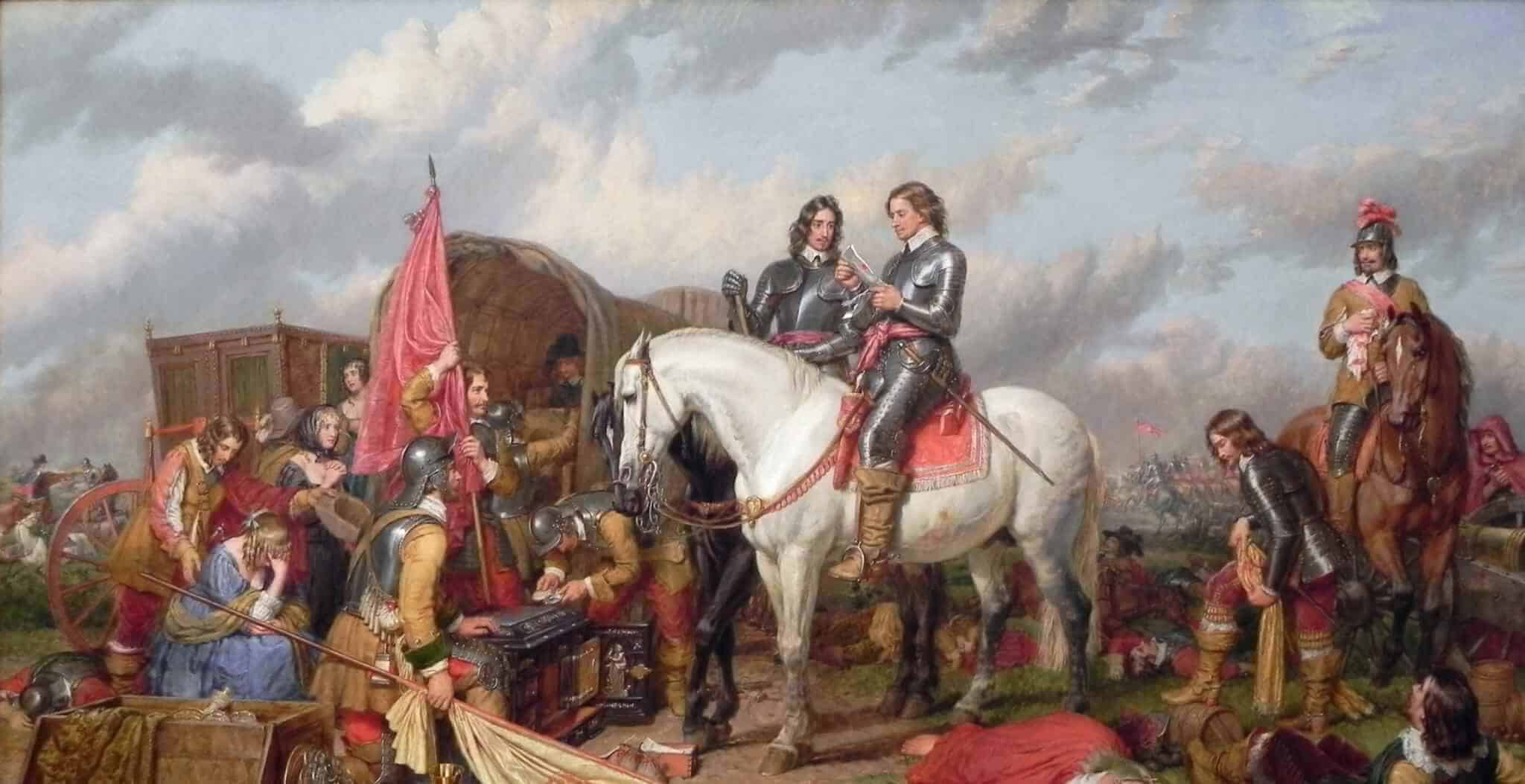By the early 12th century the Norman conquest of England had been cemented, with the last remnants of Anglo-Saxon resistance subdued some 60 years before. Large portions of English nobility had fled the country, heading to Scandinavia, Scotland, Ireland and – oddly enough – the Byzantine Empire.
Buoyed by their successful invasion of England, the late 11th and early 12th centuries saw various Norman lords attack Wales, creating what would later be known as the Marcher Lords. Prominent among these were Braose, Clare and Mortimer.
Indeed, in response to a kidnapping in 1110, Gilbert fitz Richard de Clare successfully invaded Ceredigion and was gifted the strategically important Cardigan Castle by King Henry for his efforts. This caused tensions in the area to rise, and each side raised large armies.
It’s important to remember that during this time Wales wasn’t a single, unified country; instead it was ruled by a collection of lords, princes and kings, and each territory waxed and waned as their influence expanded or decreased.
When Henry I died in 1135, much of the Norman forces in the area were redeployed back to England to ensure the accession of Stephen of Blois (a.k.a. King Stephen). A rebellion in Wales was imminent.
What Influenced This Battle?
Welsh forces under Hywell ap Maredudd defeated the Normans in the Gower Peninsula at the Battle of Llwchwr in 1136. With the situation in the area deteriorating, Gilbert fitz Richard de Clare returned to Wales, but he was ambushed and killed just outside Abergavenny. The loss of this prominent Norman gave the Welsh forces a boost, and Gruffudd ap Cynan sent his son, Owain ap Gruffudd, to attack Norman settlements and castles. Aberystwyth Castle fell, and Cardigan Castle was the only one that remained.
Both sides raised levies, and the troops were heading straight for each other.
The Battle
The Norman army led by Robert fitz Martin consisted of around 1,000 professional Flemish infantry and another 7,000 infantry from local levies. In addition, it had around 2,000 cavalry, most of which was heavy cavalry. The Welsh army under Owain Gwynedd was slightly smaller at around 6,000 infantry and 2,000 longbowmen. Cavalry was around 1,000 horse.
The Normans marched northeast of Cardigan and fortified their position on Crug Mawr hill to meet the Welsh army coming from the north. Flemish troops were placed at the front and the Norman levies were in the reserve. Cavalry were right at the back, as they would be used to smash the Welsh forces when they fled – a classic Norman tactic. Being on a hill, the Normans enjoyed a strategic advantage.
The Welsh deployed their archers in the front, with cavalry on the flanks. The infantry were right behind the longbowmen, with the most experienced infantry in reserve.
As the Welsh advanced, they launched a massed arrow attack. This would be one of the earliest uses of the longbow in warfare, and it’s clear the Normans were unprepared for the devastating results. The infantry began to waver, so fitz Martin ordered a cavalry attack.
Massed arrows directed at cavalry, however, blunted the leading edge, and the attack rapidly lost momentum. As the cavalry approached, the Welsh archers retreated behind the spearmen, who repulsed the Norman attack. The Welsh cavalry on the flanks closed in, routing the infantry and the cavalry.
The Normans fled with the Welsh following closely behind. The troops crossing at Cardigan Bridge caused it to collapse, trapping thousands behind it. Many left armour and weapons behind as they attempted to swim over the river, and the triumphant Welsh slaughtered many more.
What Happened Next?
Although the Normans held onto Cardigan Castle, the battle was a disaster for them. The biggest fighting force in the area had been destroyed, and it proved the superiority of the longbow, something that the Normans couldn’t match. Norman influence waned for around 20 years after the battle, and in 1157, Henry II took up the fight. Multiple defeats set him back further, and it wasn’t until King Henry III invaded Wales in 1241 that some semblance of English control was created.
| Date: | Autumn 1136 |
| War: | Norman Campaign in Wales |
| Location: | Crug Mawr, Ceredigion |
| Belligerents: | Normans and Welsh |
| Victors: | Welsh |
| Numbers: | Normans: 10,000 troops |
| Wales: 9,000 troops | |
| Casualties: | Normans: Approximately 3,000 |
| Wales: Reportedly light | |
| Commanders: | Normans: Robert fitz Martin, Robert fitz Stephen and Maurice fitz Gerald |
| Wales: Owain Gwynedd, Cadwaladr ap Gruffydd and Gruffydd ap Rhys |





